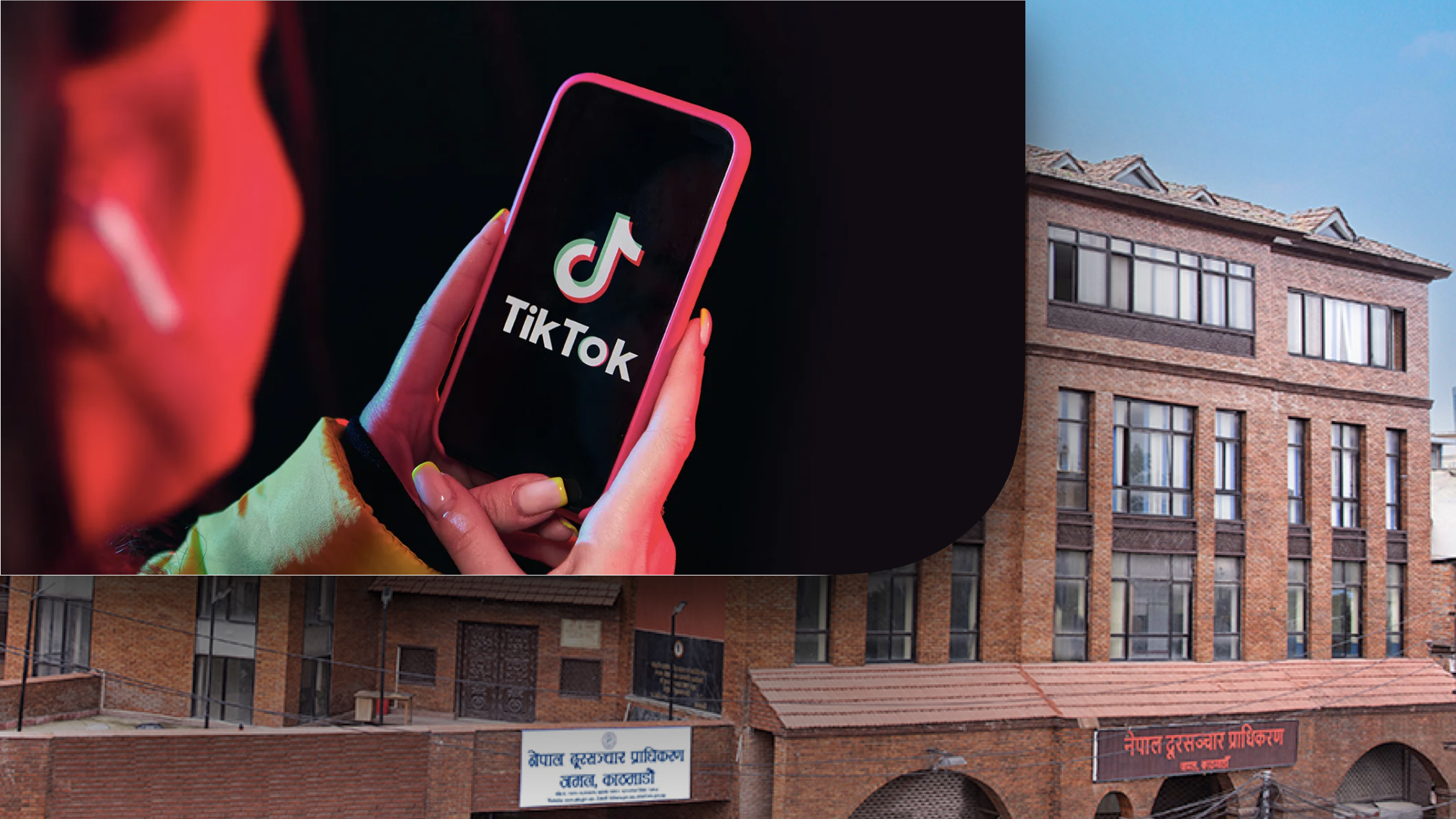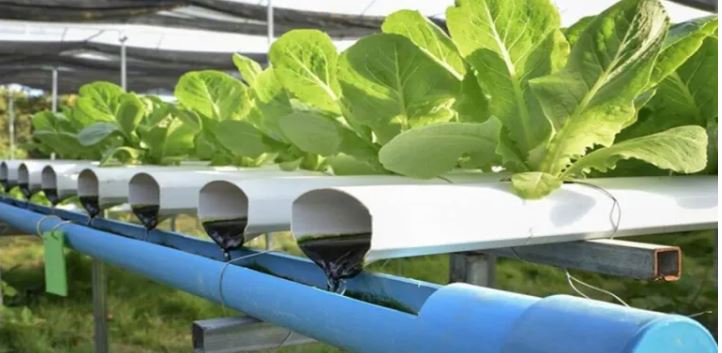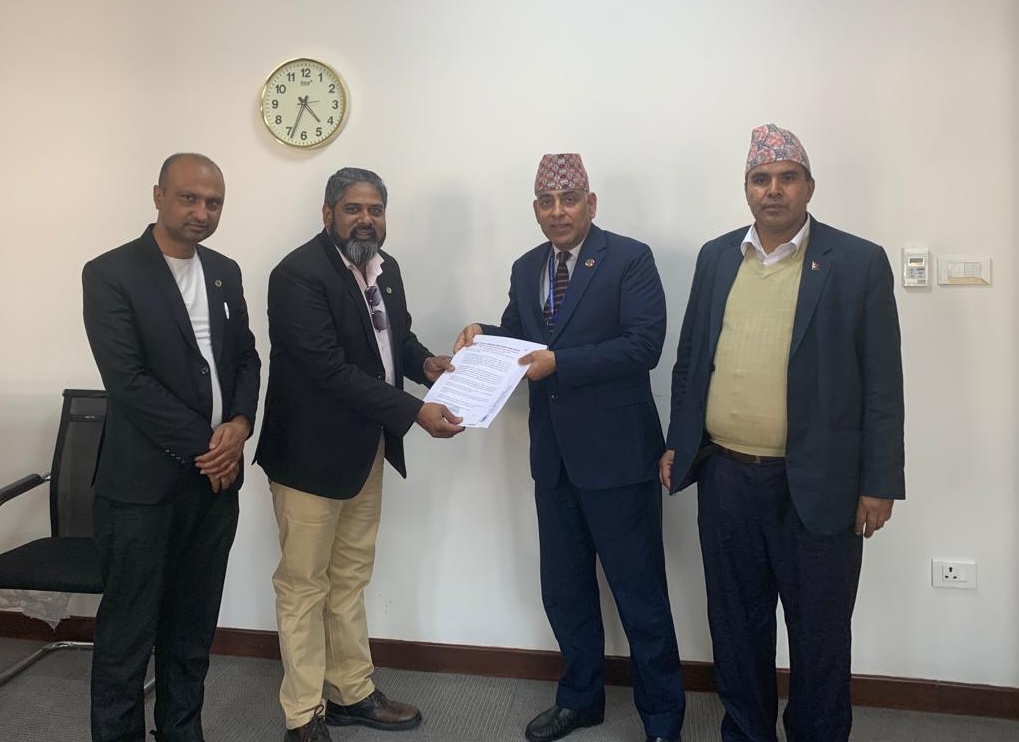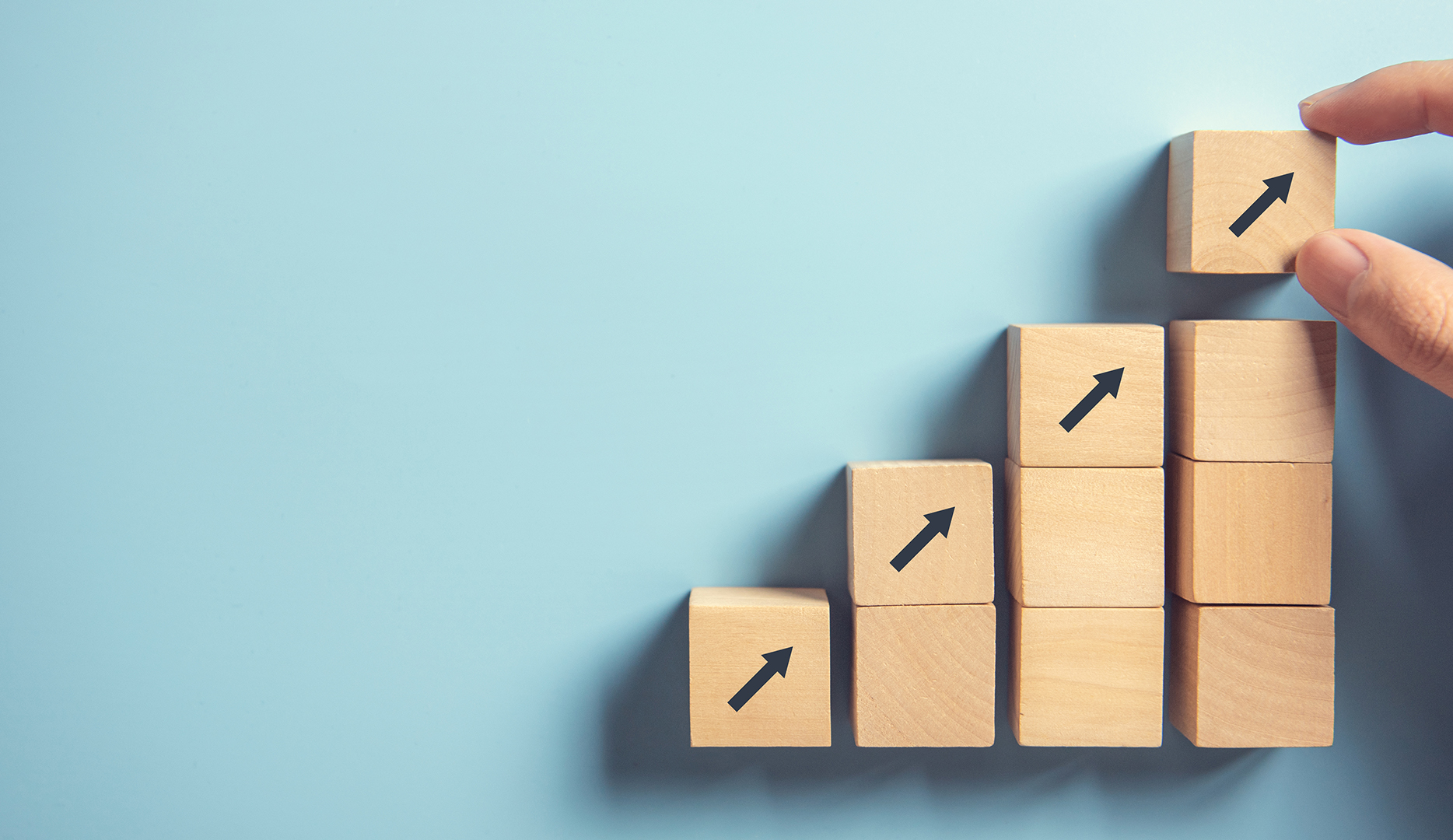You brush your teeth daily right? But are you sure you’re brushing your teeth properly? It is no lie that it is essential to have good oral and dental hygiene. Not only for the appearance but also for the health of our entire gums and mouth. If we do not take care of our dental hygiene, we will likely go through several dental processes and may feel pain while eating, chewing, or drinking. That’s why Maintaining good oral hygiene requires that you brush your teeth daily. However, brushing too vigorously or insufficiently might have serious effects on your dental health. Correct brushing technique is essential for everyday benefits. So how to brush your teeth properly? you want to know it right? Here in this article, you will get to know about the correct way to brush your teeth. Read till the end!

How to brush your teeth properly?
There is no one “correct” way to brush your teeth, but you may get them as clean as possible by using a variety of methods. So why wait? Let’s practice brushing again straight away!
Step 1: Select the appropriate toothbrush and toothpaste
Always choose a toothbrush with soft nylon bristles as they effectively remove plaque and debris from your teeth and gums. Similarly, choose toothpaste with more fluoride in it.
Step 2: Use a small amount of toothpaste
Remember, Just a pea’s worth of toothpaste should be squeezed onto your toothbrush. Try using a gentler, circle-only brushing technique or switch to a toothpaste made for sensitive teeth.
Step 3: Put the bristles at the gum line at a 45-degree angle
Brush gently in quick, circular motions. Brush your teeth just in one direction. The ideal way to clean your teeth should be demonstrated to you by your dentist or hygienist.
Step 4: Spect two to three minutes brushing
Work your way around your mouth in a circle while brushing a few teeth at a time to ensure you reach every tooth (spend about 12 to 15 seconds in each spot). You can split your mouth into four quadrants, from top left to top right, if it helps: Spending 30 seconds on each quadrant will give you two minutes to wash your teeth.
Step 5: Brush your molars
The bristles of the toothbrush should be lying on top of your bottom teeth or perpendicular to your lips. Move from the rear to the front of your mouth while brushing with the toothbrush in an in-and-out motion. After that, finish this motion by rotating the brush to get rid of any bacteria that were propelled off the surface. On the opposite side of your mouth, repeat. After cleaning the bottom teeth, turn the toothbrush around and focus on the top molars.
Step 6: Brush the inner surface of your teeth
Brush each tooth while tilting the toothbrush so that the head is directed in the direction of your gum line. Keep in mind that the interior of the lower front teeth is the most frequently forgotten area, according to dentists. By keeping your teeth apart with two or three fingers of your other hand, you can see if your mouth is expanding wide enough. This will enable the proper vertical angle to reach the gum’s edge.
Step 7: Gently brush your tongue
After brushing your teeth, carefully wipe your tongue with your toothbrush’s bristles. (Be careful not to harm the tissue by pressing too firmly.) This prevents foul breath and removes bacteria from your tongue.
You might also like- Healthy and effective practices to boost your oral health

Why is brushing your teeth important?
Brushing your teeth is important because it helps in the:
- Prevention of gum disease, cavities, tooth decay, and more
Brushing your teeth can prevent plaque which is a sticky deposit on teeth in which bacteria reproduce rapidly. Regularly brushing your teeth stops those kinds of plaque building up and helps in preventing gums disease, and cavities as well. The fluoride in the toothpaste strengthens the tooth enamel and stops tooth decay.
- Removal of tooth stains
Tooth stains are easily removed by brushing your teeth, so they should go away as part of your regular oral care and cleaning routine. When you brush your teeth using a brush, the mechanical action of the bristles against the tooth surface directly helps in the removal of your tooth stain.
- Keeping your breath fresh
Your life may suffer as a result of having bad breath in many different ways. While you might not be concerned about having fresh breath when talking to close friends and family, others will undoubtedly notice. Therefore, remember to pick up your brush before leaving the house the next time you go to work or for a night out with friends.
Mistakes we do while brushing our teeth
Mistake #1: Using a Hard-Bristled Toothbrush
Noone recommends you use a hard-bristled toothbrush while brushing your tooth. Dentists say these kinds of toothbrushes tend to irritate and injure your gum tissue which subsequently damages your teeth. So, do not use a hard-bristled toothbrush, it will ruin your teeth.
Mistake #2: Using Old Toothbrush For A Long Time
Have you noticed that old toothbrushes bristles go out of shape and are weak? If you haven’t then go and take a look at your old toothbrush. While using a brush, you should change it regularly for the interval of a three-month.
Mistake #3: Not Using A Dental Flash
Make flossing a daily habit if you haven’t already. To get rid of plaque between your teeth, where your toothbrush can’t, you must floss at least once every day. Create a method so you can reach the tight areas between your teeth, which are a refuge for germs that thrive on food particles.
Mistake #4: Not Cleaning Your Tongue
Clean your tongue after brushing your teeth to prevent bad breath and get rid of bacteria. Your tongue’s remaining microorganisms are scraped off by a tongue cleaner. Get a toothbrush with a tongue scraper on the opposite side if you don’t want to do that. It is very important to clean our tongues after brushing our teeth.
Mistake #5: Rinsing Mouth With Water
The effectiveness of the fluoride in your toothpaste is reduced the moment water is added to it. Use a fluoride-containing mouthwash as an alternative. It is enough to rinse, gargle, and spit out the mouthwash. But avoid using water.
Summing up
Let’s face it guys: brushing your teeth is a hassle that a lot of people struggle to undertake on a regular basis. Even more annoying than brushing your teeth is flossing. However, there is no denying that regular brushing and flossing are an integral part of one’s daily routine and will bring about a variety of advantages both now and in the future.
Also, Read- Here Is How Self Care Will Improve Your Mental Health
FAQs
How many times should I brush my teeth in a day?
Many dentists suggest brushing your teeth twice a day.
What are the three tooth-brushing techniques?
The three tooth brushing techniques are the Bass or Sulcular technique, the Stillman technique, and Charter Technique respectively.
Can I brush longer than 2 minutes?
Brushing more than three times a day, and for longer than 2 minutes, can sometimes lead to your tooth enamel wearing down as well as cause damage to your gums.










